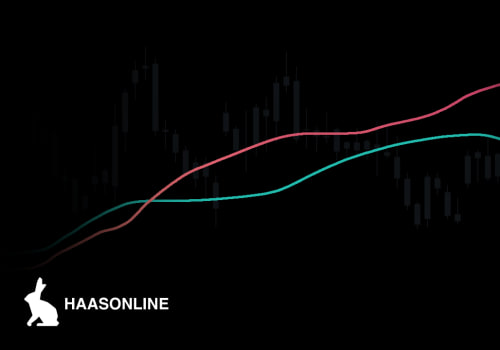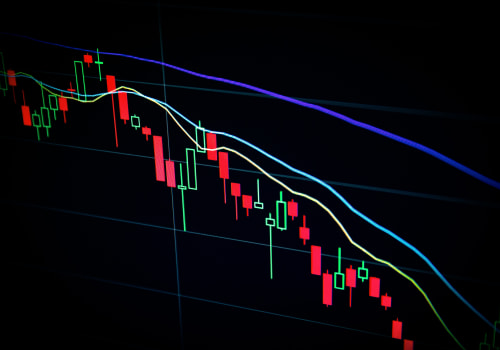Technical analysis is a powerful tool used by traders to help them interpret and predict market movements. One of the most popular tools used for analysis is Fibonacci retracements, which provide a visual representation of support and resistance levels in a given market. Fibonacci retracements are based on the Fibonacci sequence, a mathematical pattern found in nature that is also thought to be present in financial markets. In this article, we'll take an in-depth look at how you can use Fibonacci retracements to get a better understanding of the markets and make more informed trading decisions. The Fibonacci Sequence is a series of numbers where each number is the sum of the two preceding numbers, starting with 0 and 1.The most commonly used numbers in the Fibonacci Sequence are 0, 1, 1, 2, 3, 5, 8, 13, 21, 34, 55, 89, 144 and so on.
These numbers are used to create Fibonacci Retracement Levels. When applied to a chart, these levels can be used to identify potential support and resistance levels. Fibonacci Retracements are created by taking two extreme points (usually a major peak and trough) on a chart and dividing the vertical distance between them using the key Fibonacci ratios of 23.6%, 38.2%, 61.8% and 100%. These ratios are found by dividing one number in the sequence by the number that follows it. For example, 21 divided by 34 = 61.8%.Once these levels have been identified, traders can use them to look for potential support or resistance levels when price is retracing from a major move.
When price reaches one of these levels it may stall or even reverse direction due to increased buying or selling pressure at that level. It is important to note that Fibonacci Retracements are not a foolproof trading strategy as price can still move beyond these levels. However, they can provide traders with an indication of where price may find support or resistance which can help inform their trading decisions.
Using Fibonacci Retracements in Technical Analysis
Fibonacci Retracements can be used in technical analysis to help identify potential support and resistance levels. Traders can use them to look for potential turning points in the market where price may reverse direction. They can also be used as part of an overall trading strategy to identify entry and exit points. When using Fibonacci Retracements, traders look for ratios derived from the Fibonacci Sequence to determine areas of support and resistance.These ratios are typically expressed as percentages, such as 23.6%, 38.2%, 50%, 61.8%, and 76.4%. These percentages are calculated by dividing each number in the Fibonacci Sequence by the number that follows it. For example, when measuring a move in the market, traders look for points where the price retraces a certain percentage of the original move. If the price retraces 23.6% of the original move, then traders will look for potential support or resistance at that level. Similarly, if the price retraces 38.2%, 50%, 61.8%, or 76.4% of the original move, traders will look for potential support or resistance at those levels. Traders can use Fibonacci Retracements to identify potential entry and exit points for their trades.
They can also use them to identify potential areas of support and resistance for setting stop-loss orders or take-profit orders. By using Fibonacci Retracements in conjunction with other technical indicators, traders can get a better understanding of where the market may be headed and make more informed trading decisions. In conclusion, Fibonacci Retracements are a reliable tool that can be used to identify potential support and resistance levels. They are based on the Fibonacci Sequence and provide traders with an indication of where price may find support or resistance. Although they may not be foolproof, they can be a valuable tool in technical analysis and can help traders make informed decisions.












Leave Reply